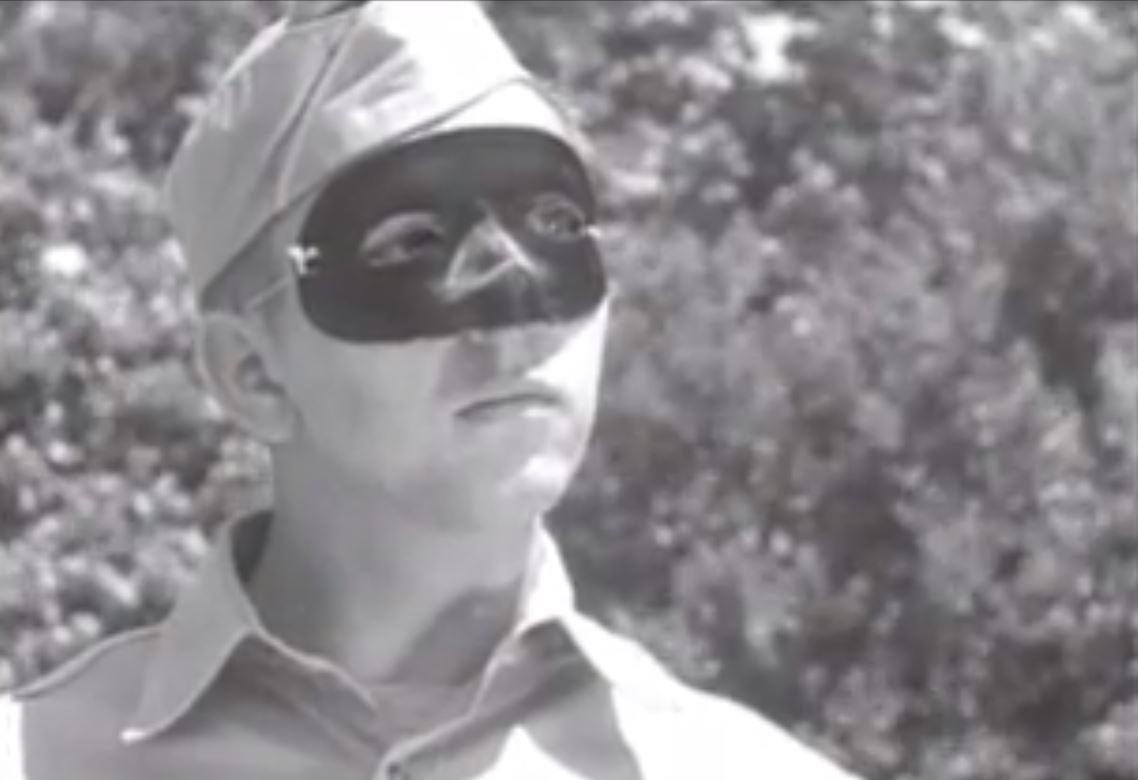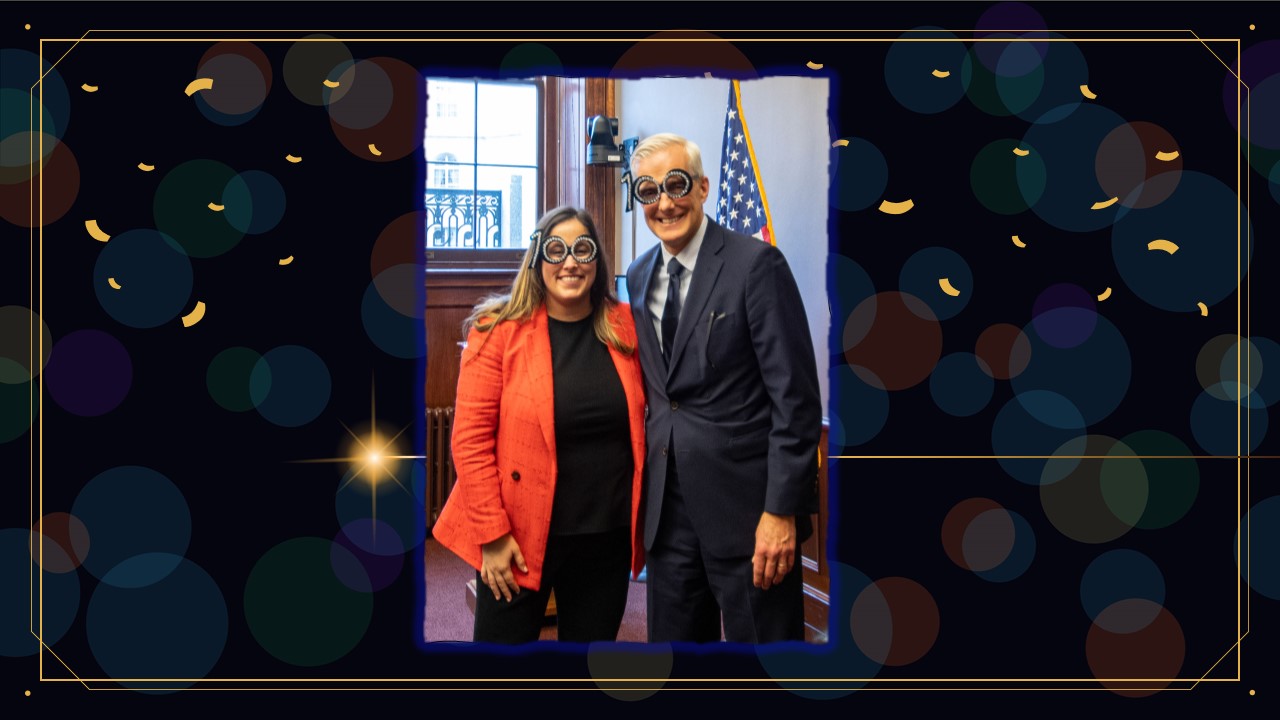The Department of Defense and VA naturally share a relationship as military members transition to Veteran status. But for one group of Veterans, that relationship included the Central Intelligence Agency and National Park Service.
The Office of Strategic Services, or OSS, brings together these federal groups, as visitors learned Nov. 2 during the Prince William Forest OSS Day.
President Franklin Roosevelt established the Office of the Coordination of Information July 11, 1941. The OSS formed June 13, 1942, replacing the Office of the Coordinator of Information. William “Wild Bill” Donovan served as the director.
“The OSS consisted of men and women from many areas and backgrounds — lawyers, historians, bankers, baseball players, actors, and businessmen,” according to the CIA website. “Their assignment was to conduct espionage, sabotage, and morale operations against the Axis powers, and conduct in-depth research and analysis on the nation’s enemies and their capabilities.”
As visitors learned Nov. 2, Prince William Forest in Virginia served as one of the training sites. Known then as Chopawamsic Recreation Area, the site, along with Catoctin Mountain Park in Maryland, were two National Park sites where OSS members trained. Steven Kinnear, a park ranger in the Prince William Forest interpretation division, said the federal government rented Chopawamsic Recreation Area at the rate of one dollar per year.
OSS members trained at Chopawamsic from April 1942 to September 1945, Kinnear said. Training included parachuting, amphibious operations, skiing, mountain climbing, radio operation, and espionage tactics.
President Harry Truman abolished the OSS Oct. 1, 1945. The branches were distributed throughout the government: Research and Analysis moved to the Department of State; Espionage and Counterintelligence became part of the War Department, where they were renamed the Strategic Services Unit (SSU).
OSS legacy
Today’s CIA derives a significant institutional and spiritual legacy from the OSS, according to the CIA website. OSS key personnel, files, funds, procedures, and contacts ended up at the CIA. In addition to the tangible cases, the OSS contributed to the professionalization of intelligence, the organizational esprit de corps, the essential role of national intelligence in policymaking and war fighting, according to the CIA website.
Special operations forces also trace their lineage to the OSS. Col. Aaron Bank, a former OSS member, formed the U.S. Army Special Forces in 1952. U.S. Special Operations Command’s shoulder patch is an adaptation of the unofficial OSS spearhead insignia. U.S. Army Special Operations Command uses the Fairbairn-Sykes dagger, carried by some members of the OSS, to be the centerpiece of its insignia.
More than 25,000 people served in the OSS during World War II. Civilian personnel assigned to OSS secret intelligence are certified as active military service for VA benefits purposes.
Topics in this story
More Stories
Memorial Day, which is observed on the last Monday in May, was originally set aside as a day for remembering and honoring military personnel who died in the service of their country, particularly those who died in battle or as a result of wounds sustained in battle.
The lineage of what's now known as the Department of Veterans Affairs is rooted in the nation’s earliest efforts to reward Veterans for their service and sacrifice.
VA's Congressional Liaison Service (OCLA), responsible for keeping Congress informed on all things VA, reaches a milestone.






